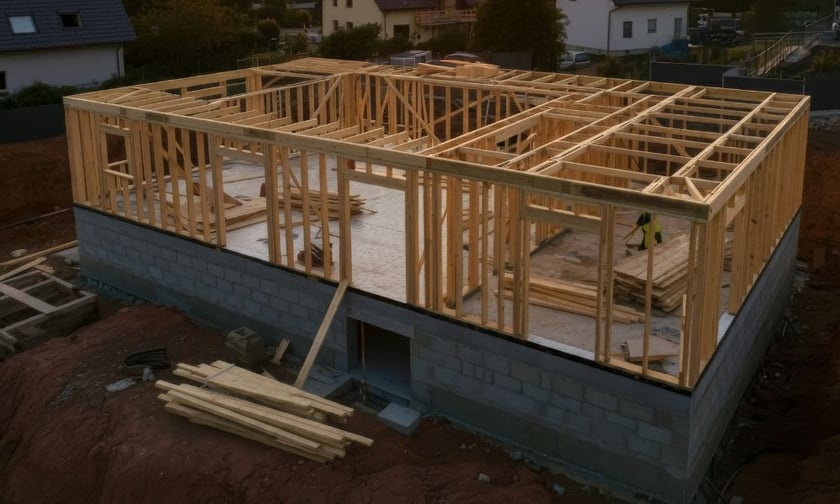

With immigration crackdowns back in the spotlight, labor shortages are once again squeezing the US construction industry. A recent New York Times piece revealed how fears of deportation have kept many immigrant workers – particularly undocumented ones – off job sites.
For Stephanie Beninati, an insurance consultant who works closely with contractors and builders, the impact on risk planning is immediate and undeniable.
“[Insurance carriers] are adapting by limiting coverage,” Beninati said. “This is a huge issue – and we’ve already tried this before decades ago. It didn’t work then, and it’s not working now.”
Beninati said she’s seen seasoned business owners and clients decide to retire early rather than navigate the growing uncertainty. The domino effect? Thinner labor pools, skyrocketing construction defect claims, and tighter underwriting guidelines from insurers who are increasingly wary of high-risk builds.
“One of our clients does concrete work, and he warned us years ago – you're going to start seeing massive construction defects because all the trained second- and third-tier subcontractors are gone,” Beninati said. “By 2020 and 2021, he was right. I was getting multiple calls a month about defect claims.”
COVID-era backlogs only made things worse. In one case, she said, a defect claim dragged on for nearly five years and resulted in a $700,000 to $800,000 payout.
As defect risks grow, so too do legal costs – especially for luxury builds. “People are building $5 million, $10 million homes now. And they’re hiring lawyers at $500 an hour,” she said. “Some of them are attorneys themselves. Insurers are responding by capping coverage or refusing to insure high-end homes altogether. First it was $5 million, now $4 million. It just keeps going down.”
Beninati urged business owners and agents alike to be hypervigilant. “Even if it’s just a renewal, you have to read the entire policy. Every single time,” she said. “Because one small change could mean you’re not covered – and that’s where you end up in an E&O situation.”
While larger builders may not immediately feel the strain, the impact on second- and third-tier subs – often the most vulnerable and undocumented – could cause lasting structural damage to the industry.
“This isn’t just about insurance,” Beninati said. “It’s about what happens when trained labor disappears, and nobody’s prepared for the fallout.”
